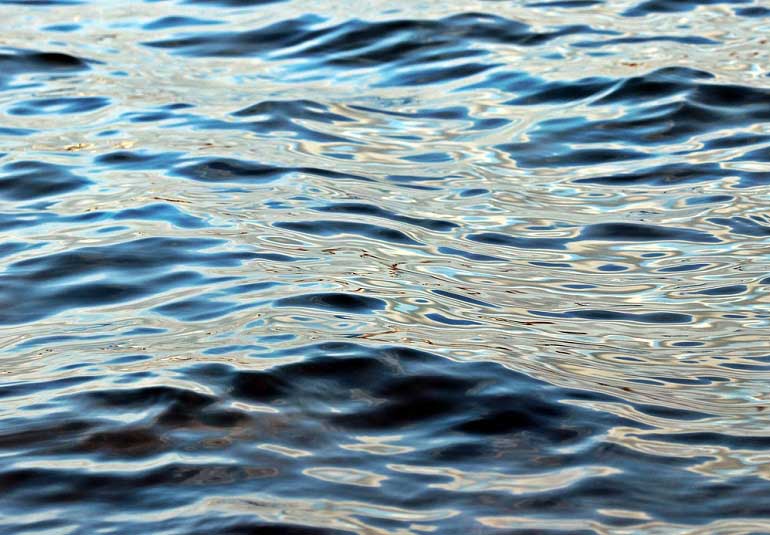What is Raw Water and Should You be Drinking It?
- By Ankita ShreeramLoading...
- | 19 Jan 2018 11:51 AM IST
 X
X

Silicon Valley has gone gaga over ‘raw’ or untreated water straight from the spring, according to a New York Times report. While its high-profile proponents are going as far as to fill bottles of water in a spring far away from San Francisco in the dark, scientists are far less pleased.
All water was ‘raw’ until we learnt to filter it and make it safe for mass consumption. Now to suddenly put it on a pedestal at a time when 502,000 people die from diarrhoea due to contaminated water each year, seems to be taking several steps backward.
However, some raw water loyalists claim that it makes them feel healthier and reduces the amount of water they have to drink. Raw water has a low shelf life though – if you don’t drink it for over two weeks, it could turn green, as it is ‘alive’.
These days, anything ‘natural’ or ‘unprocessed’ is sure to fire the public imagination and find instantaneous favour. It is that very sentiment that Live Water, the largest manufacturer of raw water in the United States, seems to be capitalising on.
Live Water claims that tap water is dangerous as it has chloramine and fluoride and moves through lead pipes. However, raw water contains numerous organisms that could cause a battery of water-borne diseases. Fluoride on the other hand helps enhance dental health.
Millions of people worldwide don’t have access to clean water and it seems like a terrible first world fad to be paying such steep amounts for untreated water. However, making water from the atmosphere seems like a viable idea and start-ups like Zero Mass Water sell gadgets that help you do that.
Raw water has traditionally been used for non-consumptive uses like toilet flushing, crop watering and car washing. How so many people have come to view it as an elixir of good health is something we’re finding hard to explain. But several experts have called t downright ‘dangerous’.
As far as we are concerned, dunking a cup into the spring when you’re trekking in the Himalayas or simply in an emergency, is all right. But we’ll never pay something like 4000 rupees for a single bottle of what is basically dirty water.



